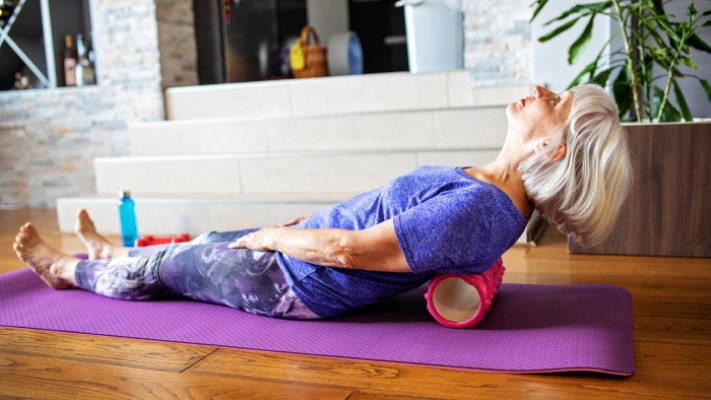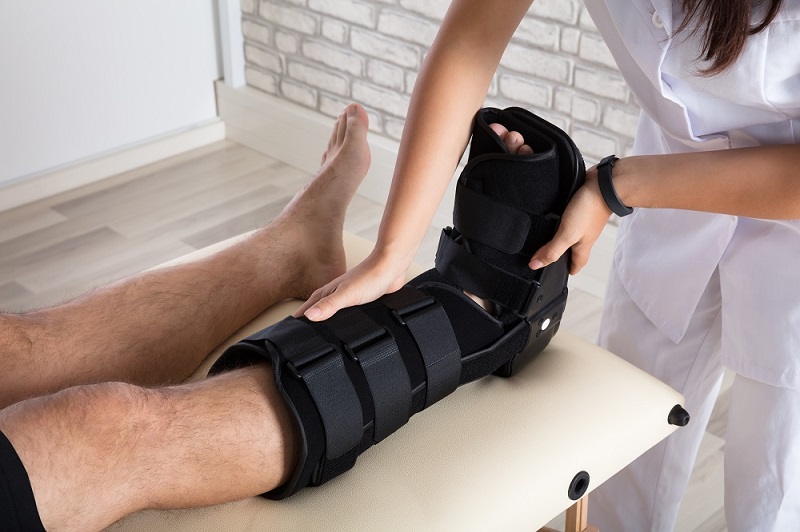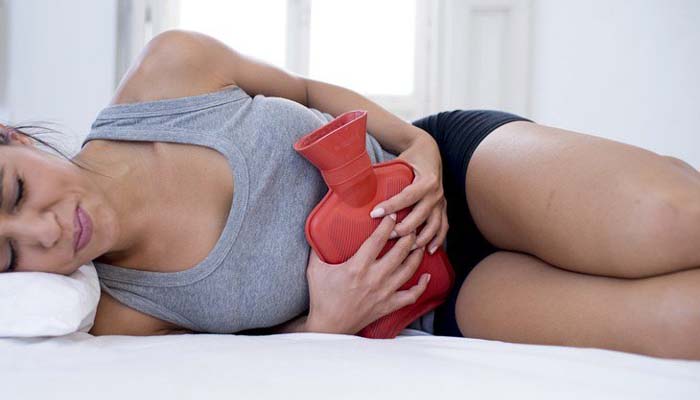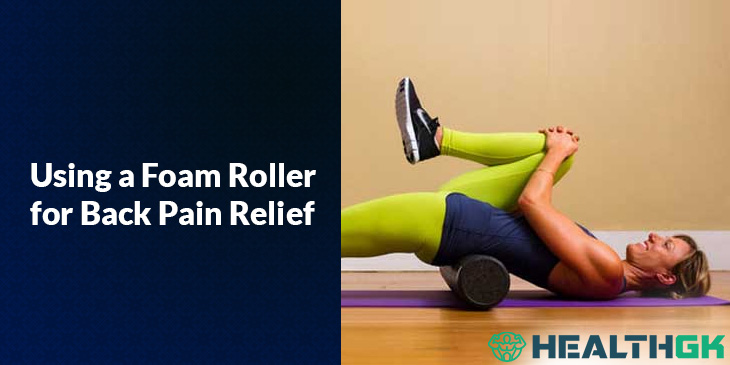
Sore legs can be a real inconvenience, preventing you from enjoying your favorite activities and even causing discomfort when you’re trying to sleep. Whether it’s from overuse, injury, or simply daily wear and tear, it’s important to find the best recovery methods to help your legs feel better. In this blog post, we’ll explore the top 5 best recovery techniques for unwinding your sore legs and getting you back to your normal routine. From ice therapy to rest and sleep, we’ll provide an overview of each method and offer tips for effective recovery. By incorporating these techniques into your routine, you can say goodbye to sore legs and hello to a happier, healthier you!
1. Ice Therapy
A. Explanation of how ice therapy works:
Ice therapy, also known as cryotherapy, involves the application of ice or cold packs to the affected area to reduce pain and swelling. The cold temperature causes the blood vessels to constrict, reducing blood flow to the area and numbing the pain. This makes ice therapy an effective tool for reducing the discomfort associated with sore legs.
B. Pros and cons of using ice therapy:
The main advantage of ice therapy is its ability to reduce pain and swelling quickly and effectively. Additionally, it’s a simple and non-invasive technique that can be done at home with little to no equipment. However, one of the drawbacks of ice therapy is that it can cause skin irritation or damage if applied for too long or too frequently.
C. Tips for effective ice therapy:
To get the most out of ice therapy, it’s important to follow these tips:
- Apply ice or a cold pack to the affected area for 15-20 minutes at a time, several times a day.
- Wrap the ice or cold pack in a towel to prevent skin irritation or damage.
- Take breaks every 20 minutes to allow blood flow to return to the affected area.
- Avoid applying ice directly to bare skin.
- Avoid using ice therapy if you have circulation problems or skin conditions.
By following these tips, you can effectively reduce pain and swelling with ice therapy and help your sore legs recover more quickly.
2. Stretching
A. Explanation of how stretching helps with recovery:
Stretching is an important component of recovery for sore legs as it helps to improve flexibility and reduce tightness in the muscles. This can help to reduce pain and improve mobility, allowing you to move more freely and recover more quickly. Additionally, stretching can improve blood flow and increase the release of endorphins, the body’s natural pain relievers.
B. Different types of stretching for sore legs:
There are many different types of stretching that can be helpful for sore legs, including:
- Dynamic stretching: Involves moving through a range of motion and is best for warming up before physical activity.
- Static stretching: Involves holding a stretch for a period of time and is best for after physical activity to improve flexibility.
- Foam rolling: Involves using a foam roller to apply pressure to the affected area, helping to improve blood flow and release muscle tension.
- Yoga: A form of stretching that combines physical postures with breathing and meditation, helping to improve flexibility and reduce stress.
C. Tips for effective stretching:
To get the most out of stretching, it’s important to follow these tips:
- Stretch regularly, ideally after physical activity and before bed.
- Hold each stretch for 20-30 seconds and repeat 2-3 times.
- Focus on stretching the muscles that feel tight or painful.
- Avoid bouncing or forcing yourself into a stretch as this can cause injury.
- If you feel pain while stretching, stop and consult a doctor.
By following these tips, you can effectively use stretching to help your sore legs recover more quickly and improve your overall mobility.
3. Massage Therapy
A. Explanation of how massage therapy helps with recovery:
Massage therapy is a form of manual therapy that can help to reduce pain and improve mobility in the muscles of the legs. Massage works by improving blood flow, releasing muscle tension, and breaking up scar tissue. This can help to reduce pain and swelling, improve range of motion, and speed up recovery time.
B. Different types of massage for sore legs:
There are many different types of massage that can be helpful for sore legs, including:
- Swedish massage: A gentle form of massage that uses long strokes, kneading, and friction to relax the muscles.
- Deep tissue massage: A more intense form of massage that focuses on the deeper layers of muscle tissue to release tension and break up scar tissue.
- Sports massage: A type of massage specifically designed for athletes that focuses on the muscles used in their sport.
- Trigger point therapy: A type of massage that focuses on specific points of tension in the muscle, known as trigger points, to relieve pain and improve mobility.
C. Tips for finding the right massage therapist:
To get the most out of massage therapy, it’s important to find the right massage therapist for you. Consider the following tips:
- Look for a massage therapist with experience treating similar conditions to your own.
- Ask for recommendations from friends, family, or your doctor.
- Check the therapist’s credentials and certifications.
- Read reviews from previous clients to get a sense of the therapist’s skills and bedside manner.
- Consider the cost of the massage and whether it’s covered by your insurance.
By following these tips, you can find the right massage therapist to help you unwind your sore legs and get you back to your normal routine.
4. Compression Therapy
A. Explanation of how compression therapy works:
Compression therapy involves wearing tight-fitting clothing, such as compression socks or leggings, to apply pressure to the affected area. This pressure helps to improve blood flow and reduce swelling, which can help to reduce pain and speed up recovery time. Additionally, compression clothing can help to provide support to the muscles and joints, reducing the risk of further injury.
B. Pros and cons of using compression therapy:
Pros:
- Improves blood flow and reduces swelling
- Reduces pain and speeds up recovery time
- Provides support to the muscles and joints
- Can be worn during physical activity to prevent further injury
Cons:
- Can be uncomfortable to wear for extended periods of time
- Can be expensive
- May not be suitable for all conditions or people with circulation problems
C. Tips for effective compression therapy:
To get the most out of compression therapy, consider the following tips:
- Choose a compression garment that fits properly and provides the right amount of pressure for your needs.
- Wear the garment consistently, especially after physical activity or when experiencing pain.
- Remove the garment if it becomes too tight or uncomfortable.
- Consult a doctor before using compression therapy if you have circulation problems or other medical conditions.
By following these tips, you can effectively use compression therapy to help recover from sore legs and improve your overall well-being.
5. Rest and Sleep
A. Explanation of how rest and sleep help with recovery:
Rest and sleep are crucial components of the recovery process, as they give the body time to repair and rejuvenate. During sleep, the body releases hormones that promote tissue growth and repair, and rest allows the muscles to relax and recover from physical strain. Adequate sleep and rest can also help to reduce stress and improve overall physical and mental health.
B. Tips for getting better sleep:
Getting good sleep is important for recovery, and there are several tips that can help you improve the quality of your sleep:
- Establish a regular sleep schedule
- Avoid caffeine and alcohol before bedtime
- Create a relaxing bedtime routine
- Keep your bedroom cool, dark, and quiet
- Limit screen time before bedtime
- Avoid napping during the day
C. Importance of rest and sleep in recovery:
Rest and sleep are critical to the recovery process, as they allow the body to repair and rejuvenate. By taking the time to get adequate rest and sleep, you can reduce the risk of injury, improve the speed of recovery, and reduce the severity of symptoms associated with sore legs. Additionally, good sleep and rest can help to improve overall physical and mental health, helping you feel better and perform at your best.
FAQs on Recovery for Sore Legs
What is the best way to recover from sore legs?
The best way to recover from sore legs varies depending on the individual and the cause of the soreness. A combination of rest and sleep, ice therapy, stretching, massage therapy, and compression therapy can help reduce pain and speed up recovery.
How long does it take to recover from sore legs?
The amount of time it takes to recover from sore legs varies and depends on the severity of the injury, how well you take care of yourself, and the recovery techniques you use. In general, minor cases of sore legs may recover within a few days, while more severe cases can take several weeks to heal.
Is ice or heat better for sore legs?
Ice is generally better for acute injuries, as it helps to reduce swelling and numb pain. Heat, on the other hand, can be beneficial for chronic conditions, as it helps to increase circulation and loosen tight muscles. If you’re not sure which is best for your specific case, it’s best to consult a doctor or physical therapist.
Can stretching make sore legs worse?
Stretching can sometimes make sore legs worse, especially if the stretch is too intense or done improperly. It’s important to start slowly and gradually increase the intensity of your stretching routine as your legs recover. If you experience increased pain while stretching, it’s best to stop and consult a doctor or physical therapist.
Can massage therapy make sore legs worse?
Massage therapy can sometimes make sore legs worse, especially if the massage is too intense or if the therapist is not trained in working with injured muscles. It’s important to find a qualified massage therapist who has experience working with sore legs and to communicate with them about your specific needs and limitations.
Conclusion
The top 5 best recovery techniques for sore legs are ice therapy, stretching, massage therapy, compression therapy, and rest and sleep. Ice therapy involves using ice to reduce pain and swelling, while stretching helps to improve flexibility and reduce muscle tightness. Massage therapy can help to improve circulation and reduce muscle tension, while compression therapy provides support and reduces swelling. Finally, rest and sleep are essential components of the recovery process, as they allow the body to repair and rejuvenate.
Sore legs can be a common problem, but with the right recovery techniques, you can reduce pain, speed up recovery time, and reduce the risk of further injury. While each technique may work differently for different people, it’s important to find what works best for you and stick to it.
It’s important to remember that everyone’s body is different, and what works for one person may not work for another. Don’t be afraid to try different techniques and find what works best for you. Whether it’s ice therapy, stretching, massage therapy, compression therapy, or a combination of these techniques, finding the right recovery method can make all the difference in reducing pain and speeding up recovery. With dedication and patience, you can find a recovery routine that works best for you and help your sore legs feel better in no time.




